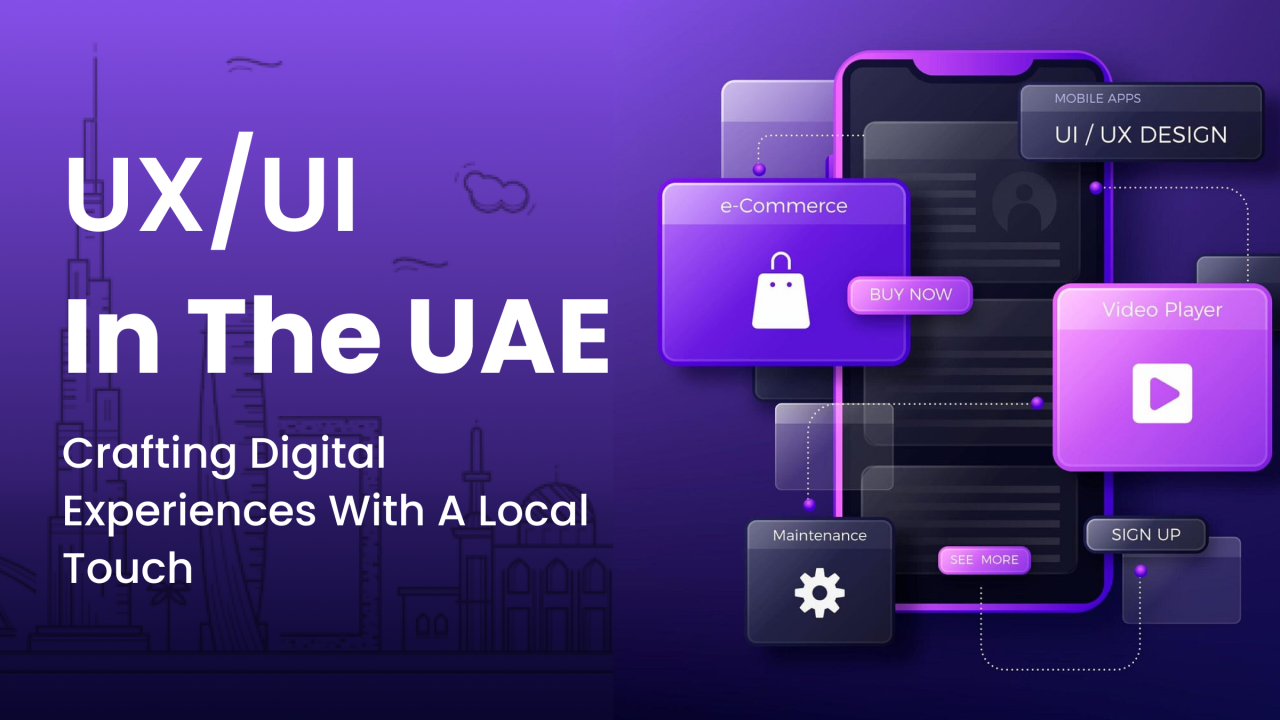
Why Localized UX Matters for Gulf Tech Teams at GITEX
GITEX Global 2025 is more than just another tech event. For SaaS companies like ClockBoost, it’s an opportunity to show Gulf-region leaders that your product is ready for their unique workflows, languages, and cultural context.
Localized UX is not just about Arabic translation. It’s about creating an experience that feels natural, trustworthy, and intuitive to users in the UAE, Saudi Arabia, Qatar, and across the GCC. At GITEX, where tech buyers compare dozens of solutions daily, UX localization is what helps ClockBoost stand out.
The ROI of Localized UX
Localized user experience drives measurable business benefits. Studies show that SaaS products localized for a specific market see faster adoption, higher trust, and better retention. 56% of users say they prefer apps in their native language—even if they speak English well.
For Gulf-region tech teams, trust is everything. A platform that reflects local norms and workflows is immediately seen as more relevant and secure. That’s why ClockBoost’s GITEX strategy should emphasize regional UX alignment as a core competitive advantage.
Localized UX also supports operational efficiency. When teams don’t have to adapt mentally to Western-centric interfaces, they can move faster and make decisions with confidence. This lowers the support burden and improves productivity across departments.
Moreover, in competitive enterprise SaaS evaluations, buyer perception matters. Gulf buyers prioritize vendor understanding of local context. A culturally intelligent UX sends a message: "This tool was built for you."
In SaaS pricing and onboarding studies, companies that localized their UX were also able to increase pricing tiers for localized markets due to the perceived higher value. For ClockBoost, localized UX is not just a usability feature—it’s a growth lever.
Gulf SaaS Case Example
In 2023, a Bahrain-based HR platform localized its interface for the Saudi market—adding Hijri calendar support, Arabic-first onboarding, and Saudi-specific payroll flows. Within six months, adoption tripled in Riyadh-based firms, and support tickets in Arabic dropped by 41%. ClockBoost can replicate this success by aligning similar UX design efforts to real Gulf workflows.
Key Elements of Gulf-Ready UX
1. Language & Layout
Arabic support is critical, but it’s not just about translating labels. Gulf Arabic dialects vary across the region, so localization must include context-aware phrasing that feels natural in both Saudi Arabia and the UAE.
Right-to-left (RTL) support is non-negotiable. This isn’t just about flipping text—it requires rethinking layout, navigation, and button placement. Progress bars, breadcrumb trails, and icons need to mirror properly to maintain usability.
Also, Arabic text often takes up more space than English. The design must accommodate this without breaking layouts or causing truncation. Testing across devices ensures the interface remains clean and functional in both languages.
Well-implemented language toggles, visible at all times, give users control and comfort—especially in hybrid teams that use both Arabic and English.
ClockBoost should also allow admins to set default UI language and date/time formats on a per-team or per-user basis, giving companies better internal alignment and reducing friction in everyday use.
2. Visual & Cultural Adaptation
Gulf-region users expect visual experiences that align with their cultural norms. That means:
- Using color schemes that resonate locally—for example, green often symbolizes trust and prosperity in the region.
- Avoiding imagery that could cause cultural friction, like icons related to alcohol, gambling, or hand gestures with different meanings.
- Selecting Arabic-optimized fonts like Tahoma or Droid Kufi to ensure clarity and readability, especially on mobile.
Visual direction matters too. For Arabic users, ClockBoost’s UI should feel like it was designed for RTL from the ground up—not awkwardly reversed after the fact.
Microcopy and icons must also be reviewed with cultural filters. Words like “idle,” “monitor,” or “surveillance” may carry unintended connotations if translated literally. UX writing should reflect values like transparency, autonomy, and accountability in the Gulf workplace.
Additionally, the use of region-specific illustrations or icons—such as modest attire in avatars or office environments modeled after regional workspaces—can make the UI feel more relatable.
ClockBoost could consider co-creating an Arabic UX style guide to support consistency across marketing, onboarding, and product UI.
3. Regional Workflows & Data Formatting
Gulf-region tech teams operate differently from their Western counterparts. ClockBoost’s UX should reflect this with:
- Local date formats—using day/month/year, not month/day/year.
- Arabic numerals where preferred, especially in dashboards and reports.
- Currency localization, with pricing displayed in AED, SAR, or QAR.
- Support for local payment methods like Mada, STC Pay, Fawry, and BenefitPay.
Highlighting offline tracking support is also essential. Many Gulf tech hubs deal with variable internet quality, especially in hybrid work setups. ClockBoost’s UX should make it clear that teams can track productivity seamlessly—even when offline.
Region-specific productivity rhythms should also be reflected. That includes:
- Week starts on Sunday, not Monday
- Shorter work hours during Ramadan
- Split shifts common in certain industries
ClockBoost can go a step further by allowing users to customize work schedules for Ramadan and Eid in a single click, with built-in settings that automatically adjust for common productivity dips or flexible hours.
Additionally, ClockBoost might offer preset templates for specific Gulf job roles (e.g., developer in Riyadh, QA team in Sharjah) to accelerate setup for new clients.
4. Localized Onboarding & Support
First impressions matter, especially at GITEX. ClockBoost’s onboarding flow should include localized tutorials and tooltips that reflect common Gulf-region use cases. For example:
- Configuring workweeks that start on Sunday and end on Thursday
- Managing productivity during Ramadan, when schedules shift significantly
- Comparing KPI dashboards between teams in Riyadh, Dubai, and Doha
Help content should be available in Arabic and English, with live chat or support channels that can respond in both languages. This builds trust and reduces friction during onboarding.
Highlighting Gulf-region data compliance is also key. ClockBoost must showcase its adherence to local regulations like the UAE’s PDPL, Saudi Arabia’s NDMO guidelines, alongside global standards like GDPR and PCI-DSS.
Trust badges and clear messaging about data residency reinforce credibility. Even simple UX elements like flags, legal footers, or in-product notifications can make compliance visible and reassuring.
Incorporating a smart knowledge base with language-aware search—so that Arabic speakers get Arabic results first—would further reduce friction and boost satisfaction.
Live onboarding in Arabic, scheduled regionally during peak Gulf business hours, would reinforce ClockBoost’s local-first commitment.
GITEX-Specific UX Activation
GITEX visitors are time-constrained. They need to quickly see the value ClockBoost provides. A GITEX-focused UX layer can include:
- A quick-start onboarding sequence tailored for event demos
- An interactive language selector that adjusts not just text, but visuals and workflows
- Pre-loaded demo data that reflects real Gulf scenarios, such as managing remote teams across multiple time zones or calculating regional productivity benchmarks
Booth staff can use tablets with ClockBoost preloaded in Arabic and English to show dual-language workflows live.
Collecting feedback at the event is also part of UX. Interactive surveys in Arabic and English can capture insights to refine the experience even further after GITEX.
To increase engagement, ClockBoost could offer a live leaderboard at its booth showing top-rated user journeys or most common workflow demos completed. This makes UX part of the attraction, not just a background feature.
Create a GITEX-exclusive dashboard skin or color theme using Gulf-inspired aesthetics—available only to those who sign up at the event.
Why This Matters Now
According to regional reports, only 32% of Gulf enterprises have fully adopted digital productivity tools. This represents a massive opportunity—but also a challenge. Gulf-region tech leaders expect tools to fit their world, not force them into a globalized mold.
Localized UX is how ClockBoost can reduce adoption friction, build immediate trust, and position itself as the time tracking platform that “gets” Gulf tech teams.
The cost of ignoring localization is high: longer onboarding, lower conversion rates, and higher churn.
Being culturally tone-deaf in UI/UX can lead to lost deals—especially in procurement cycles where your demo is one of ten.
Consider that government-backed digital transformation initiatives in the UAE and KSA are actively seeking SaaS partners who demonstrate regional customization—UX included.
Measuring UX Success Post-GITEX
After GITEX, ClockBoost should track clear UX metrics to validate its localization strategy:
- Trial conversion rates from booth demos
- Time spent in the app by users selecting Arabic vs English
- Support ticket trends—are fewer users confused when onboarding?
- User satisfaction scores, segmented by region
- Feedback from in-app surveys on clarity, trust, and ease-of-use
- Engagement with help center content in Arabic vs English
These insights will inform future product decisions and demonstrate the ROI of localized UX in real terms.
It’s also worth testing Arabic-specific UI experiments (like different onboarding flows or shortcut menus) via A/B testing and tracking outcomes over time.
ClockBoost could publish a post-GITEX UX Report, highlighting findings and publicly committing to 2026 localization improvements.
Final Thoughts: UX as Gulf Market Strategy
At GITEX 2025, ClockBoost has the chance to do more than show off features—it can show regional tech leaders that it understands their work, their culture, and their needs.
Localized UX isn’t just a marketing tactic; it’s the core of building sustainable relationships with Gulf teams. By investing in thoughtful, precise UX localization, ClockBoost can differentiate itself from global competitors and become the default productivity partner for remote and hybrid tech teams in the region.
This isn’t about translation. It’s about trust. And trust is how you win at GITEX—and beyond.















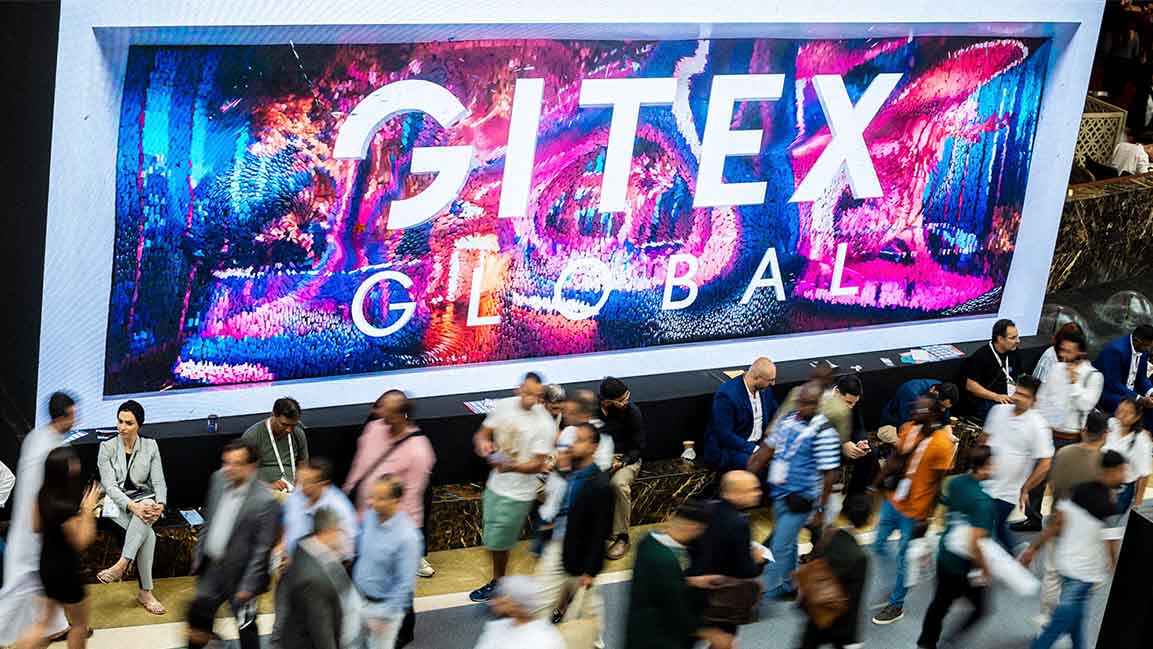
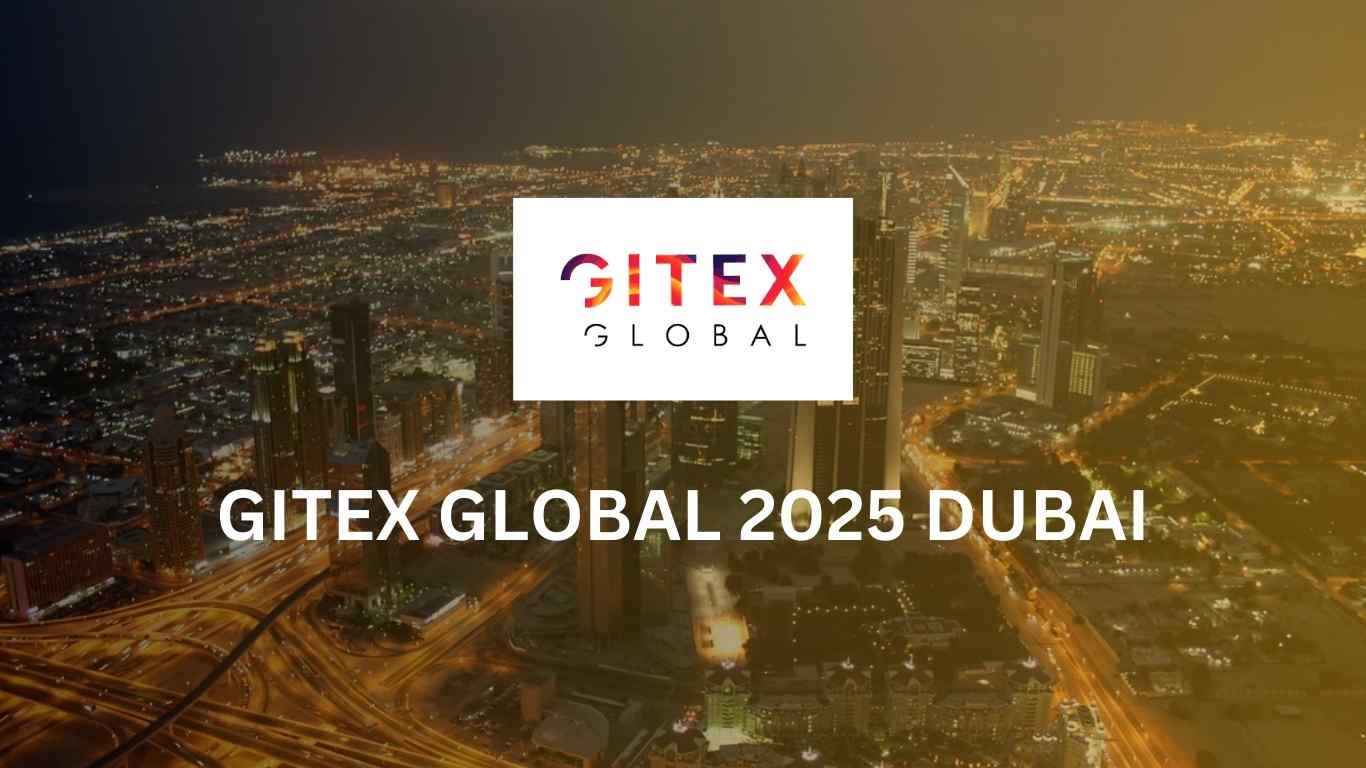
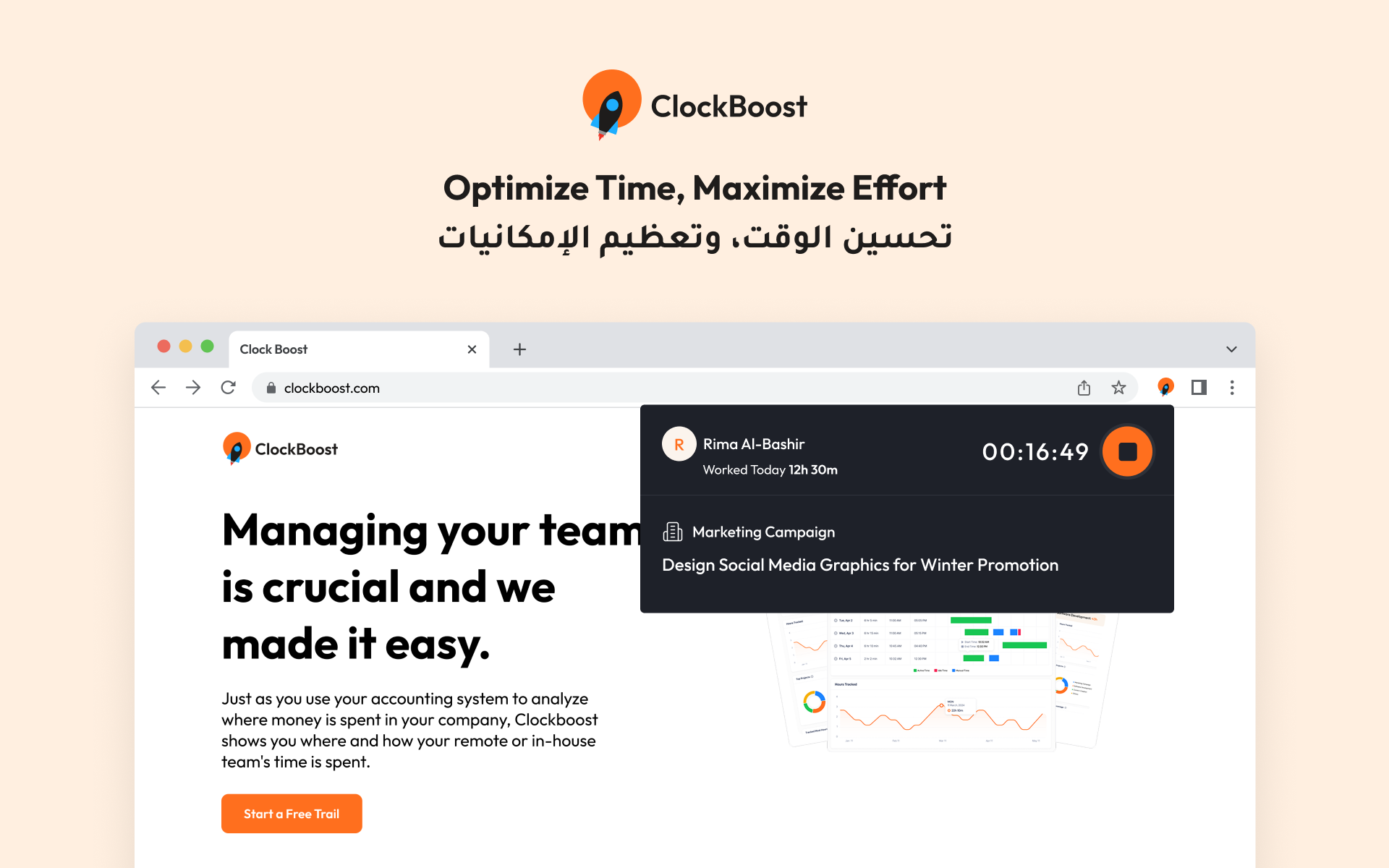






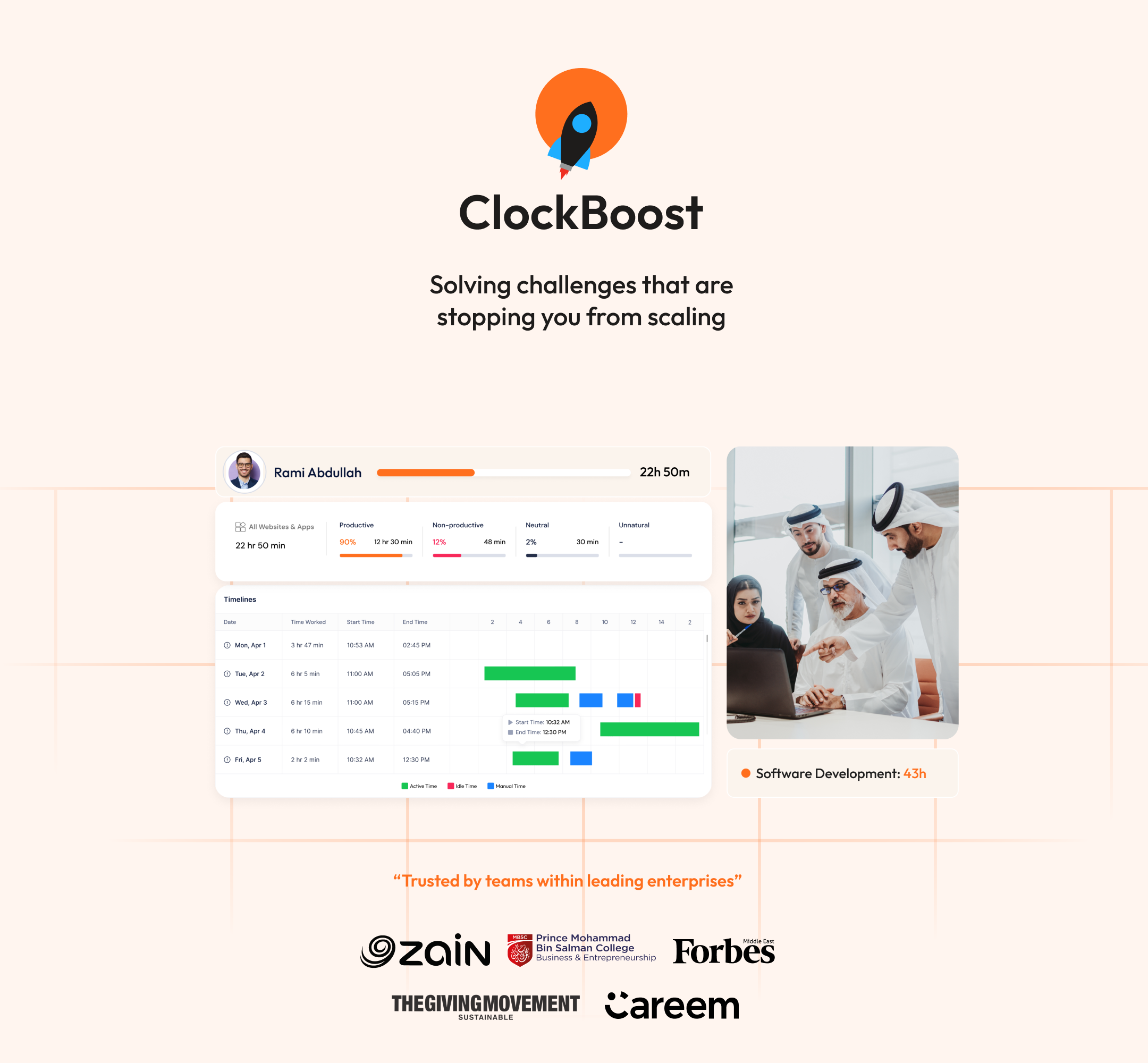

.png)

